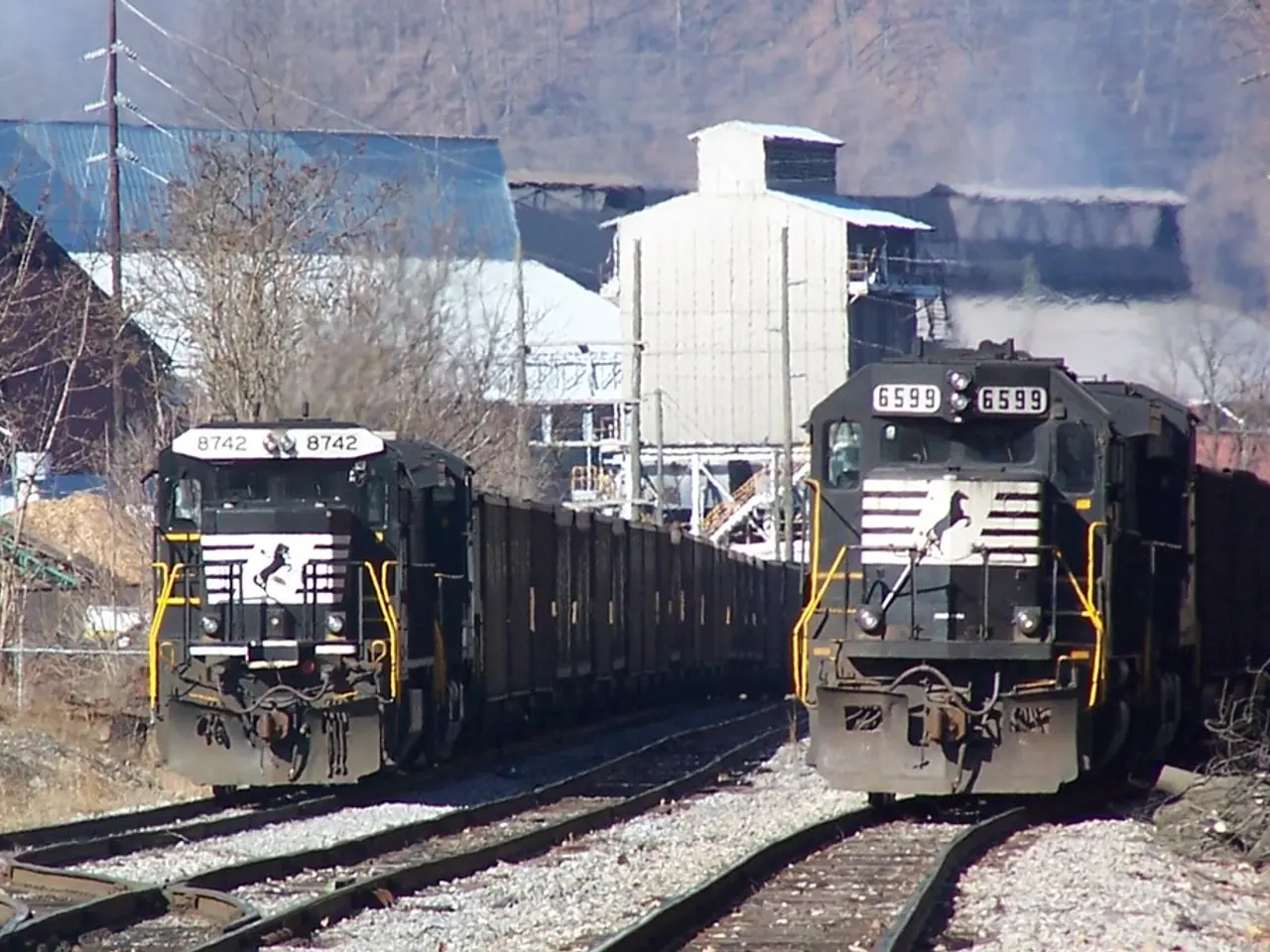Streamlining Business Operations: A Comprehensive yet Brief Handbook
Organization structure, in simple terms, is all about the arrangement of a company and how it directs activities towards achieving its goals. It involves tasks, responsibilities, decision-making, workflows, communication channels, and hierarchies. Choosing the right structure is crucial as it impacts the company's effectiveness in achieving its goals.
Here's a quick look at various organizational structures, their characteristics, and their advantages and disadvantages.
- Tall vs. Flat Structure: Tall structures, with many managerial levels and a longer chain of command, offer tighter control but slower decision-making. Flat structures, on the other hand, have fewer managerial layers and result in faster decision-making but may lack control.
- Tall Structure Pros:
- Tighter control over operations
- Clear career paths for employees
- Tall Structure Cons:
- Slow decision-making due to many management levels
- Stifled creativity and innovation
- Flat Structure Pros:
- Fast decision-making
- Empowered employees with increased autonomy
- Flat Structure Cons:
- Lack of control over operations
- Limited career progression opportunities
- Centralized vs. Decentralized Structure: Centralized structures concentrate decision-making authority with top management, while decentralized structures distribute decision-making among various management levels.
- Centralized Structure Pros:
- Consistency in decisions and policies
- Efficiency in stable environments due to standardized operations
- Centralized Structure Cons:
- Inflexibility and slow response to change
- Limited innovation due to restricted decision authority
- Decentralized Structure Pros:
- Empowered lower-level managers and employees
- Improved responsiveness to local conditions and customer needs
- Faster decision-making closer to the operational level
- Decentralized Structure Cons:
- Risk of inconsistency in decisions and policies
- Coordination challenges across different units or departments
- Potential duplication of resources and efforts
- Other structures, such as functional, divisional, geographical, matrix, project-based, and shamrock structures, each have their specific advantages and disadvantages that make them suitable for particular industries, sizes, and growth stages.
For example, a functional structure promotes clear roles and responsibilities by grouping people with similar skills, while a divisional structure focuses on product lines, markets, or customer groups. However, both structures come with potential drawbacks such as silos, duplication of resources, and inconsistency in policies.
The key is to understand the unique needs of your business and choose the organizational structure that aligns with your objectives, growth stage, and environmental conditions.
In the context of a company's organizational structure, the choice between a tall and flat structure could significantly impact the business's finance and lifestyle operations. For instance, a tall structure, with its tighter control over operations, could provide a clear career path for employees (pro of tall structure), but it may also lead to slower decision-making and stifle creativity and innovation (cons of tall structure). On the other hand, a flat structure, with its fast decision-making and empowered employees, could encourage increased autonomy and foster faster progress in lifestyle choices, but it might lack control and limit career progression opportunities (cons of flat structure).




